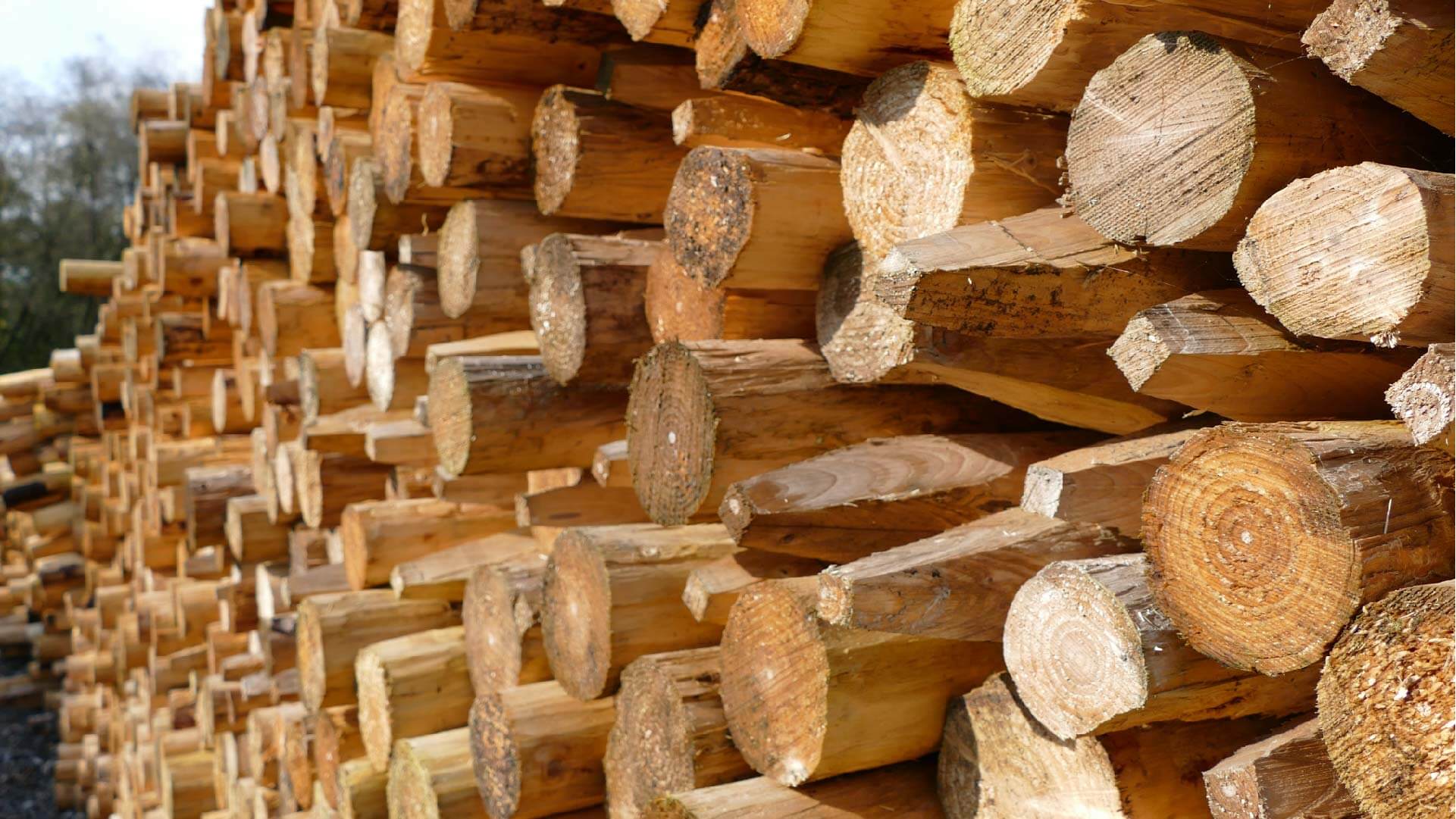
All about the timber Use Class system
The timber Use Class system is a British standard classification used widely across the timber industry in relation to different treatment criteria for various wood uses. For example, wood intended for outdoor use would have to meet a different criteria than wood that is only intended for indoor use. Below are the different Use Class levels:
UC1: Timber for indoor use with no possibility of water contact
UC2: Timber for indoor use with a chance of occasional water contact e.g. bathrooms
UC3: Timber for outdoor use above ground, exposed to weather conditions e.g. fence panels
UC4: Timber for outdoor use that will have permanent contact with the ground e.g. fence posts
UC5: Timber that is regularly or permanently submerged in water
UC4 timber – What is it?
As briefly explained above, UC4 treatment is the requirement for any timber with the intended use of being outside with constant ground contact. Therefore, anything from fencing posts to decking joists will need to be treated to UC4 specifications.
A 15 year desired service life (DSL) is the minimum requirement for this particular standard, unless 30 years is specified. The level of penetration is also different dependant on if the species of wood is permeable or resistant to treatment. So, let’s break it down below….
Permeable species (All Pine species)
15 year DSL requirement – Full sapwood penetration
30 year DSL requirement – Full sapwood penetration plus minimum 6mm into exposed heartwood
Resistant species (Spruce, Larch, Douglas Fir)
15 year DSL requirement – Minimum 6mm penetration into sapwood
30 year DSL requirement – 12mm penetration into sapwood plus minimum 6mm into exposed heartwood
How is UC4 timber treated?
To achieve UC4 standard for fence posts, the dried timber has to go through a thorough treatment process. Prior to chemical penetration, it is important that the timber is dried down to the correct moisture content. This is to ensure the timber is at the optimum saturation level so the correct amount chemical can get into the timber. This moisture level varies between species to get the best penetration results.
The kiln dried timber is then ready to be treated via an air tight vessel. A vacuum is applied to force the preservative chemical into the timber. Once the timber has reached the correct amount of penetration, the vacuum is released and the excess preservative is pumped out.
How can GF help?
Our team are specialists in designing bespoke kilns for a range of timber drying requirements – including fence post drying. Our kiln controls are optimised to meet your business requirements, drying your material down to the correct moisture content so the timber is ready for treatment.
To find out more about our bespoke kilns for fence post drying, get in touch here.